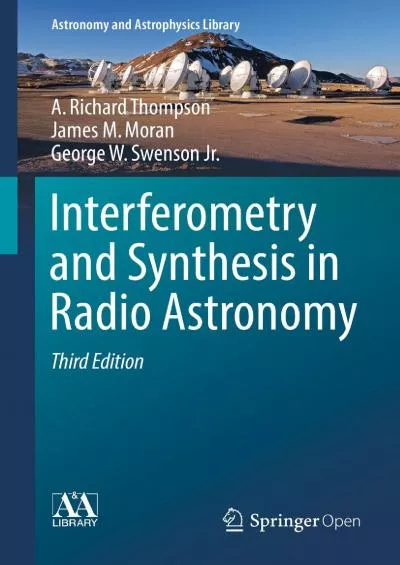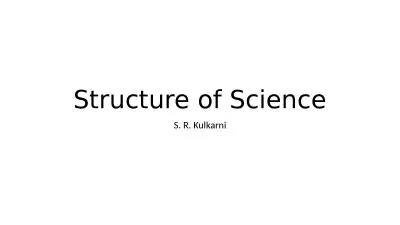PDF-Section of Astrophysics, Astronomy & Mechanics, Dept. of Physics, Athe
Author : liane-varnes | Published Date : 2016-03-11
The gravity darkening effect and the theoretical methods developed so far
Presentation Embed Code
Download Presentation
Download Presentation The PPT/PDF document "Section of Astrophysics, Astronomy & Mec..." is the property of its rightful owner. Permission is granted to download and print the materials on this website for personal, non-commercial use only, and to display it on your personal computer provided you do not modify the materials and that you retain all copyright notices contained in the materials. By downloading content from our website, you accept the terms of this agreement.
Section of Astrophysics, Astronomy & Mechanics, Dept. of Physics, Athe: Transcript
Download Rules Of Document
"Section of Astrophysics, Astronomy & Mechanics, Dept. of Physics, Athe"The content belongs to its owner. You may download and print it for personal use, without modification, and keep all copyright notices. By downloading, you agree to these terms.
Related Documents

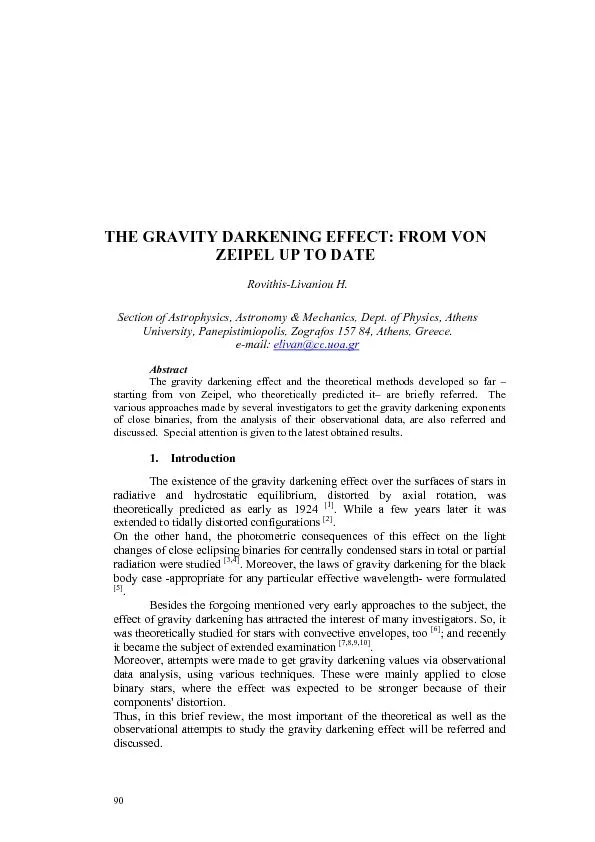

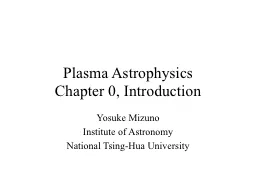
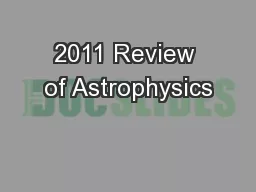

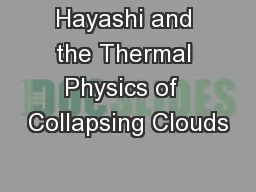

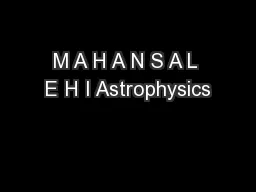

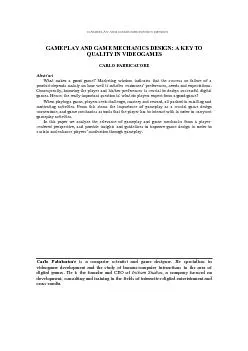
![[DOWNLOAD] - Graduate Programs in Physics, Astronomy, and Related Fields 2012 (Graduate](https://thumbs.docslides.com/902930/download-graduate-programs-in-physics-astronomy-and-related-fields-2012-graduate-programs-in-physics-astronomy-related-fields.jpg)
